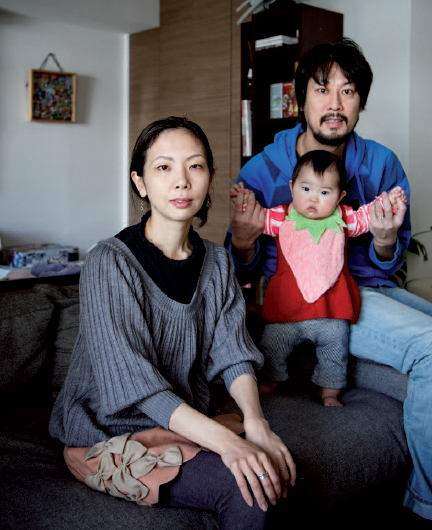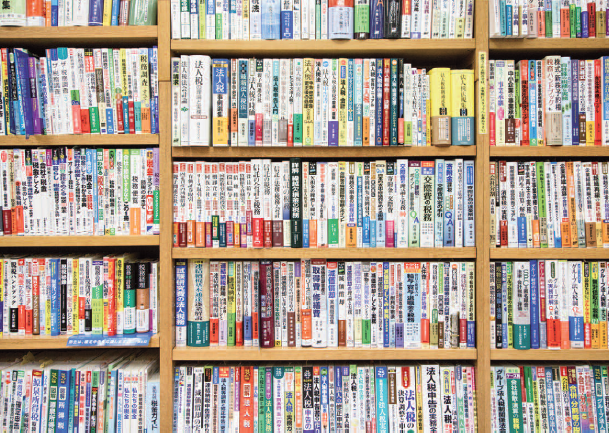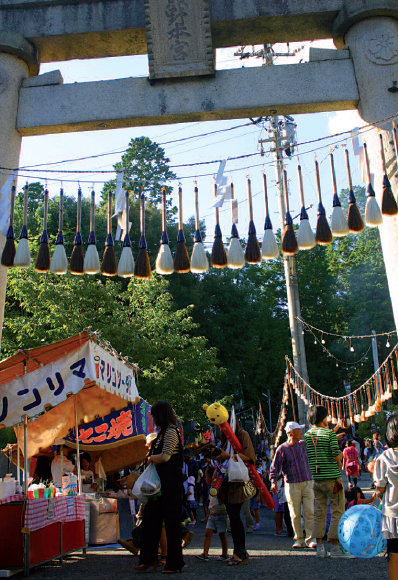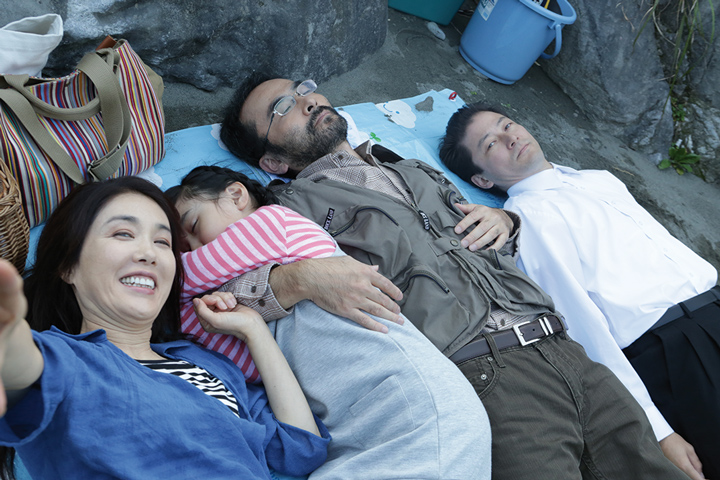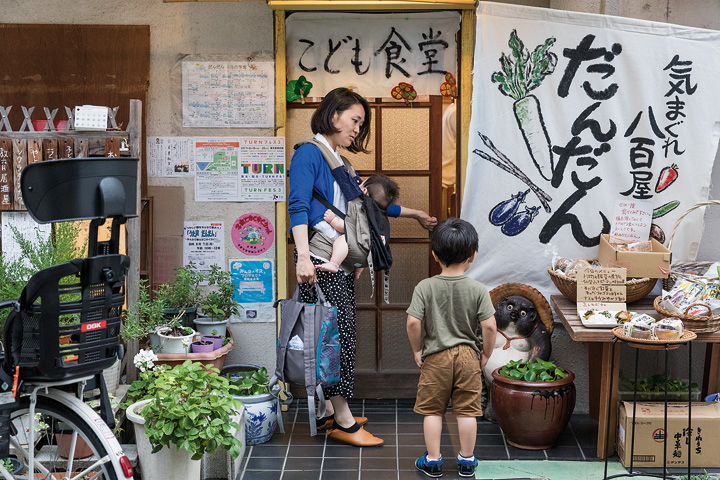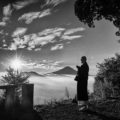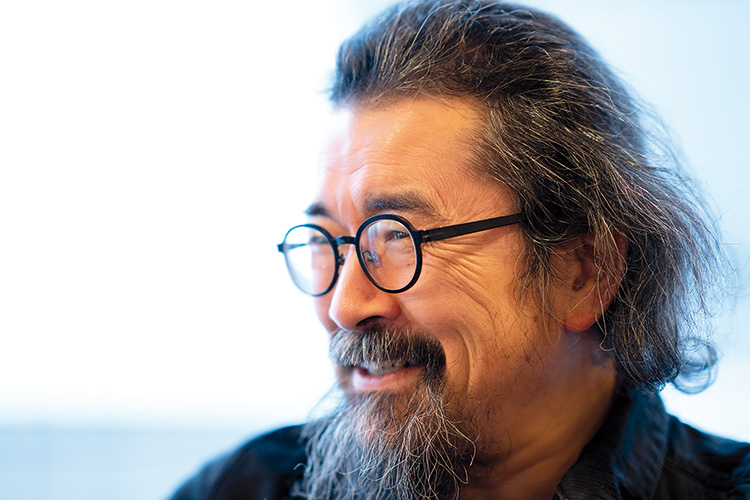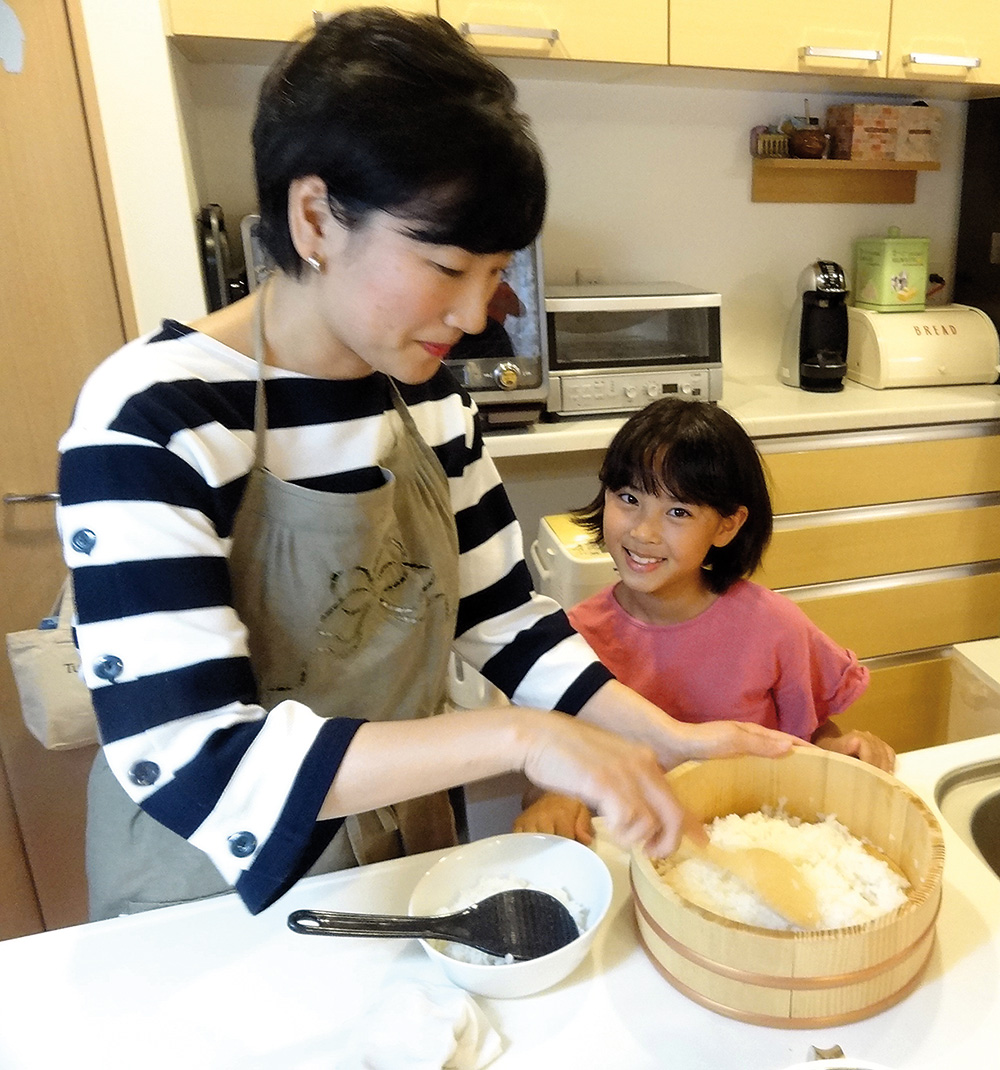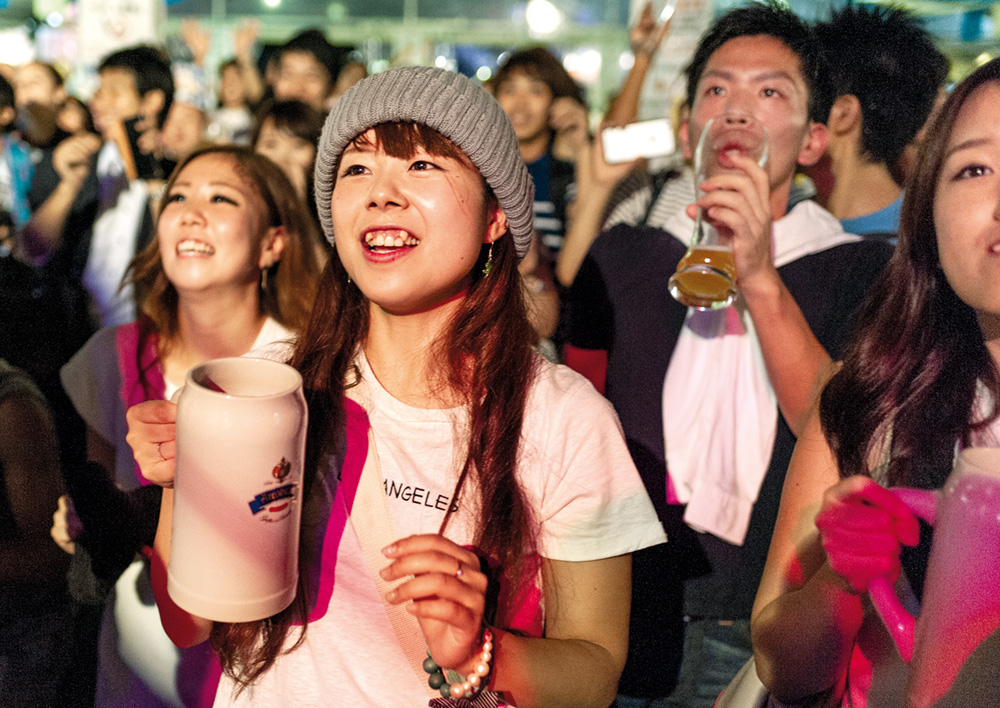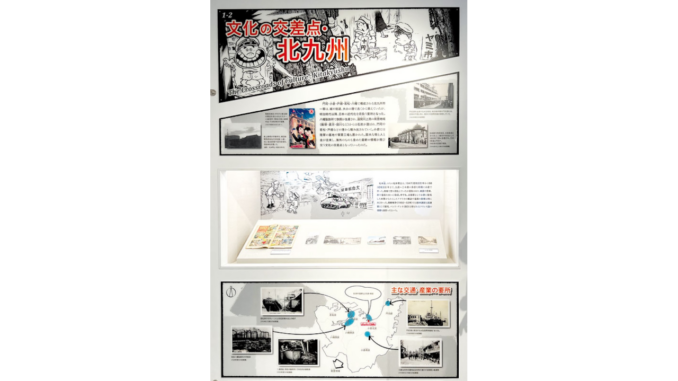
Founded with the support of Matsumoto Leiji, the Kitakyushu Manga Museum takes a regional approach
Though Tokyo and Osaka are usually seen as the main centres of manga activity, Kitakyushu calls itself the “city of manga”. Located in Fukuoka Prefecture in Kyushu (the third-largest Japanese island), Kitakyushu is not only the birthplace of many famous manga artists such as Matsumoto Leiji, Watase Seizo, Hatanaka Jun and Hojo Tsukasa, but more than 100 artists are said to be connected to it. To celebrate its strong manga legacy, in August 2012 the city opened the Kitakyushu Manga Museum (KKMM).
“The museum’s main purpose is to preserve materials and introduce the work of artists connected to Kitakyushu,” says Omote Tomoyuki, a KKMM curator. “Since the early 2000s, both the City and local businesses have held manga-related events. The artists themselves were also very willing to cooperate, so we thought that rather than having a few one-off events, it would be better to have a permanent facility to store and preserve those works. We consulted with Matsumoto Leiji, the most representative artist in the city, and he helped us build the museum.”
Omote explains that Kitakyushu’s history and location helped make the city a centre of manga activity. “Kitakyushu was formed in 1963 from the merger of several cities such as Kokura, Moji and Yahata. Even before the war, there was a flourishing international trading port in Moji, and Yahata was home to Japan’s first steelworks, which is now known as Nippon Steel Corporation. Many workers drew cartoons and illustrations for their company newsletters and labour union papers. Also, in Kokura there’s been a military base since before the war, and after WWII, the American Forces were stationed there. This concentration of port facilities, industrial districts and a military base attracted many people to the area because it offered many job opportunities. Indeed, some Kitakyushu-related manga artists were born in the city, but many more moved with their families when they were children or came to attend university.”
According to Omote, the presence of many newspaper companies was the final deciding factor in the development of a local manga scene. “All major Japanese newspapers have three main branches,” he says. “One is in Tokyo, another one in Osaka, and their Western Japan headquarters are located in Kitakyushu City. Those papers hired many local manga artists to draw comic strips.”
Located on the 6th floor of Aru Aru City, a sort of otaku shopping centre completely devoted to manga, anime, games and toys, KKMM may not be particularly big but it gives you a chance to explore the world of manga from many different angles. Immediately after entering the museum one finds “From Kitakyushu to Ginga: The town where Matsumoto Leiji was born”. This corner introduces the background and achievements of KKMM’s former honorary director and showcases his art. Here you can also watch interview videos and anime works by the late artist.
Next, the “Seven Wonders of Manga” corner provides an easy-to-understand explanation of how manga works including the process of creating comics and the rules for dividing panels. The actual work desk of Sekiya Hisashi is also on display. As you enter further in, you’ll find a corner called “Manga Town Kitakyushu”, which introduces the relationship between manga and the city. “Manga Time Tunnel”, in particular, introduces the history of postwar Japanese manga and society from 1945 to to the present day through books you can actually read. The first volumes of these masterpieces are arranged by era.
Next is the “Ashita no Gallery” (the name, which means “Tomorrow’s Gallery”, is a homage to Ashita no Joe, a famous manga written by Kitakyushu-born Takamori Asaki) where the work of up-and-coming local creators are introduced. The exhibits change regularly, so you’re sure to find something new each time you visit. Another popular corner is the “Browsing Zone” where one is free to read any of approximately 70,000 manga books. There’s a wide variety of genres including popular works as well as vintage and rare titles that are no longer available in bookstores. If you want to read a manga but can’t find it, you can ask the Sommelier Counter and they will tell you where it is.
A variety of special exhibitions are also held at KKMM. The museum features original shows created by the museum curators, travelling exhibitions from around the country, and joint projects organized with other museums.
Last but not least, in the Manga School section, instructors teach you how to draw manga and offer tips on how to improve your style. The museum holds drawing classes about four times a month, each time with a different theme, and also a contest for four-panel comics once a month. “Even people who think they don’t have a talent for drawing are actually able to draw,” Omote says. “They only need a chance to practise their skills. All manga artists imitate other famous people when they’re children. Drawing is the starting point, so perhaps some of the people who study here will go on to become professional artists whose books are collected by our museum. I’m really looking forward to that.”
Speaking of creating manga, Omote says that one of KKMM’s missions is to develop new talent. “I’m very happy when one of our former students starts working as a professional artist,” he says, “though in most cases they end by signing up with a Tokyo-based company where all the big publishers are concentrated. What we really want is for their talent to contribute to the local economy. This, of course, is true for other otaku productions like anime and games. The main issue is how we can bring companies and studios to Kitakyushu. Even if their headquarters is in a bigger city, we’d like them to open a branch office or satellite studio here. So what we’re working on now is how to help creators get in touch with those companies and eventually monetize their work. We regularly hold support events and collaborate with City Hall.
“One such project is Creators Meeting Japan, an event where creators bring their works in the form of dojinshi magazines (fanzines) and sell them. Or a game or anime production company sets up a job-hunting consultation desk and meets local creators who introduce their own work. By doing so, we hope to build in Kitakyushu the foundations of a creative network where all these people (manga and anime authors and game developers) can find a good match in the commercial world and find work.”
According to Omote, the area around Kitakyushu is extremely interesting from a historical and cultural point of view as many dramatic events have occurred in this region. “Geographically speaking,” he says, “we have a varied landscape, surrounded by rivers, mountains and the sea. In short, this is an ideal place to use as a location for many kinds of stories. In fact, we have an active film commission that’s busy attracting film directors and producers to Kitakyushu. It helps them find the right shooting locations and obtain permission from the police and fire departments. If there were a similar organization that could take over such tasks in the field of manga and anime, we could help strengthen the local creative scene further.”
Gianni Simone
To learn more on the subject, check out our other articles :
N°137 [ENCOUNTER] A heritage to protect
N°137 [FOCUS] Welcome to manga in the museum
N°137 [KYOTO] KIMM: a textbook case
Follow us !

